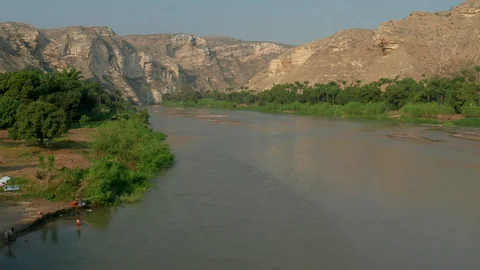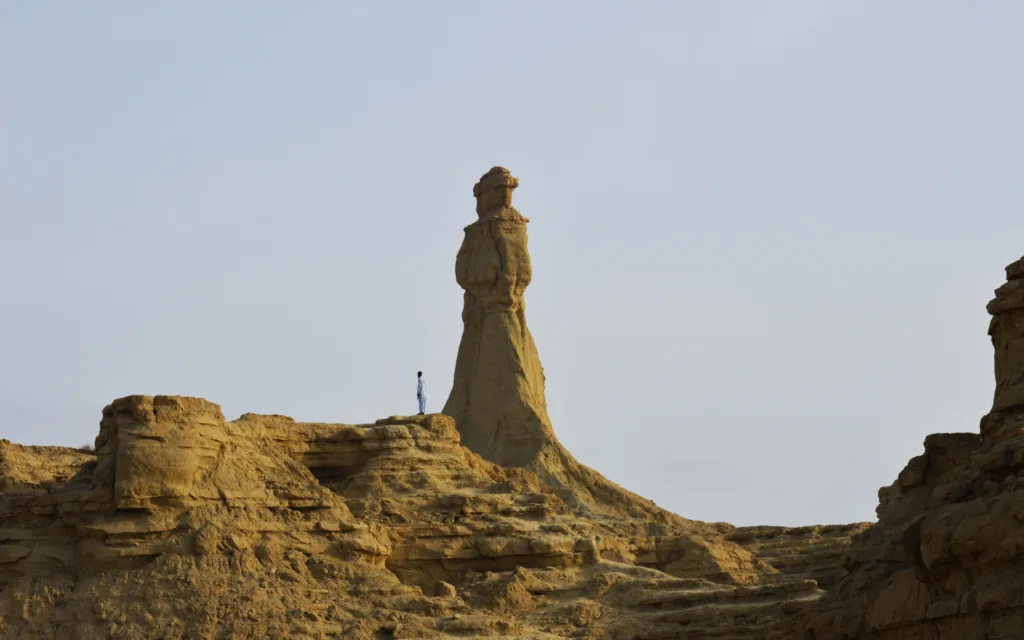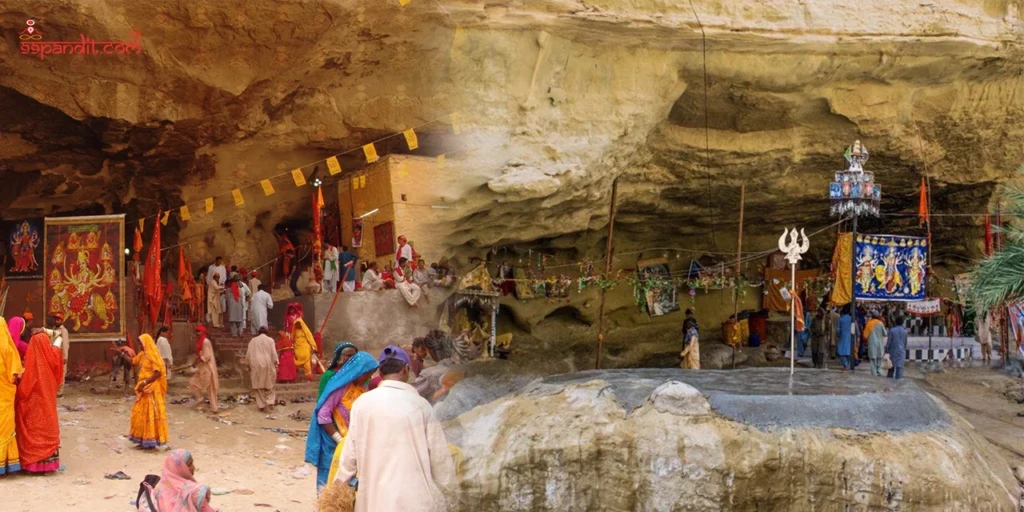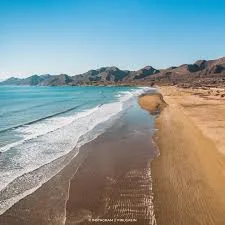When we think about the natural beauty of Pakistan, regions like the northern areas and Murree often take the spotlight. However, the province of Balochistan, often perceived as dry and rugged, hides some breathtaking gems of its own. One of the most spectacular among them is the Hingol National Park, a place that beautifully blends raw natural beauty, biodiversity, and cultural significance.
Spanning across a vast area of over 6,000 square kilometers, Hingol National Park is the largest protected park in Pakistan. Located along the stunning Makran Coastal Highway, it invites travelers to explore a surreal mix of mountains, desert landscapes, beaches, and sacred places—all in one trip.
Where Is Hingol National Park?
Hingol National Park is located in the Lasbela district of Balochistan, approximately 190 kilometers west of Karachi. Thanks to its proximity to the city and improved road networks, the park is now a popular weekend getaway, especially for people from Karachi and interior Sindh.
Getting There:
- You can easily drive to Hingol via the Makran Coastal Highway, known for its scenic views.
- The journey takes roughly 3 to 4 hours by car.
- While the highway itself is smooth and accessible, some off-road areas within the park might require 4×4 vehicles for exploration.
A Landscape That Has It All
Hingol National Park isn’t your typical nature reserve. It’s a landscape of contrasts, where arid hills meet sparkling coastal waters, and towering rock structures sit beside lush riverbanks.
Hingol River
Winding gracefully through the park, the Hingol River breathes life into this rugged terrain. It is the longest river in Balochistan and supports a rich ecosystem. The dramatic gorges and cliffs surrounding the river create a breathtaking scene, perfect for photography and nature walks.

Princess of Hope
Among Hingol’s most recognized features is the Princess of Hope, a naturally formed rock structure that bears an uncanny resemblance to a woman looking out over the horizon. Carved by centuries of wind and erosion, the formation earned its name from actress Angelina Jolie during her visit in 2002. Since then, it has become an icon of the park and a must-see stop for travelers.

Balochistan Sphinx
Another fascinating structure within the park is the Balochistan Sphinx—a rock formation that resembles Egypt’s Great Sphinx. Although formed naturally, its surprisingly symmetrical appearance has sparked curiosity and imaginative theories among visitors. It’s a favorite among photographers and explorers alike.

Wildlife and Natural Diversity
Hingol National Park is a thriving biodiversity hotspot. Thanks to its wide range of landscapes—from coastal wetlands to mountain cliffs—it supports a rich variety of flora and fauna.
Wildlife You Might Encounter:
Mammals
- Sindh Ibex
- Chinkara Deer
- Indian Fox
- Wild Cat Species
Birds
- Houbara Bustard
- Egyptian Vulture
- Laggar Falcon
- Eagle Owl
Reptiles
- Monitor Lizards
- Indian Cobra
- Freshwater Crocodiles in the Hingol River
This ecological diversity makes Hingol a paradise for nature lovers, bird watchers, and wildlife photographers.
A Sacred Landmark: Hinglaj Mata Temple
Besides its natural wonders, Hingol is also a place of spiritual significance. Hidden deep within the park lies the Hinglaj Mata Temple, also known as Nani Mandir, one of the most revered Hindu pilgrimage sites in Pakistan.

Every year, thousands of Hindu devotees participate in the Hinglaj Yatra, a spiritual journey that takes them through the mountainous paths and valleys of Hingol. The temple is nestled in a rocky cave and exudes a deep sense of peace and sacredness, attracting not just worshippers but also curious travelers who want to learn about its history and cultural importance.
The Untouched Beauty of Kund Malir Beach
Located within the park’s coastal belt, Kund Malir Beach is a hidden treasure for beach lovers. Its soft, golden sands stretch along the clear, turquoise waters of the Arabian Sea, creating an idyllic environment for relaxation.

What sets Kund Malir apart from other beaches is its seclusion and cleanliness. Unlike commercial beaches, it remains untouched by the chaos of tourism, offering a peaceful escape where you can enjoy nature at its purest. Surrounded by majestic cliffs, it’s a great place to picnic, camp, or just gaze at the sunrise.
Best Time to Visit
Balochistan experiences an arid desert climate, so timing your visit is essential.
Ideal Months:
- November to March – Cool and pleasant weather, perfect for exploring and outdoor activities.
- April to May – Warm but still manageable for travel.
- June to August – Not recommended due to extreme heat and the risk of flash floods during monsoon.
Visiting in winter or early spring allows you to experience Hingol in the most comfortable and enjoyable way.
Things to Do in Hingol National Park
Go Off-Roading
If you enjoy rough terrain and thrilling rides, Hingol offers plenty of opportunities for 4×4 off-roading. Many tour operators offer packages that include key sites like the Princess of Hope and Kund Malir Beach.
Hike Through Scenic Trails
For the adventurers at heart, the park offers hiking and trekking routes that take you through hills, rock formations, and valleys. Just be sure to carry plenty of water and a map or guide.
Capture Nature
Whether you’re a pro or just enjoy taking pictures, Hingol offers countless Instagram-worthy landscapes, from otherworldly rock formations to wildlife and sunset views over the Arabian Sea.
Camp Under the Stars
Camping in Hingol, especially near Kund Malir, is an experience like no other. The clear night skies, untouched nature, and sound of the sea make it a dream destination for campers and stargazers.
What to Pack and Important Tips
Pack the Essentials:
- Reusable water bottles and snacks
- Sunscreen and sunglasses
- Cap or hat
- First aid kit
- Power bank or extra batteries
- Comfortable walking shoes
- Light, breathable clothing
Travel Tips:
- Fuel up before entering the park—petrol stations are sparse.
- Mobile networks are limited; inform someone before your trip.
- Travel in groups or with a local guide for safety.
- Avoid littering and follow eco-friendly travel practices.
- Show respect when visiting religious sites.
Preserving Hingol’s Beauty
While Hingol is a breathtaking destination, it’s still vulnerable. Poaching, pollution, and lack of proper conservation efforts pose ongoing threats to its ecosystems. As visitors, it’s our responsibility to be conscious travelers—leave no trace, respect the land, and support sustainable tourism.
Final Thoughts
Hingol National Park is not just a location—it’s an experience. A place where Balochistan’s raw, untouched beauty meets rich culture and vibrant biodiversity. Whether you’re a curious traveler, a nature lover, or someone in search of spiritual connection, Hingol has something profound to offer.
So next time you’re planning a trip, think beyond the usual tourist spots. Discover the magic of Hingol, and let Balochistan surprise you with its natural wonder.

